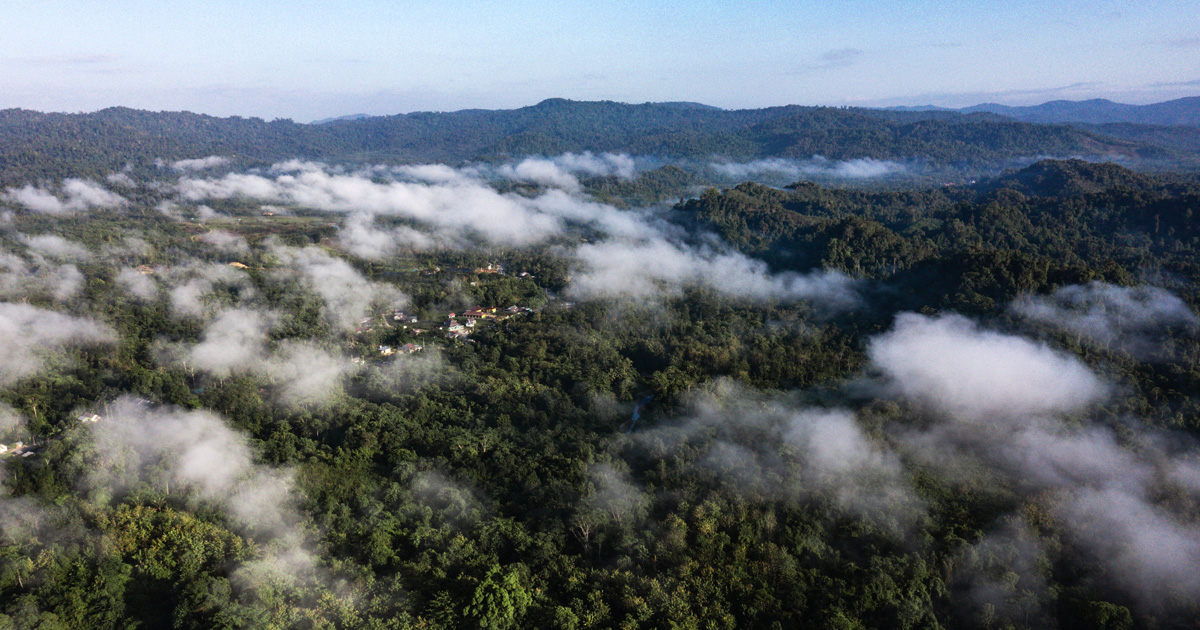The design of productive and efficient intercropping systems depends on achieving complementarity between componentspecies’ resource capture niches. Spatiotemporal patterns of capture and use of pruning and urea nitrogen(N) by trees and intercrops were elucidated by isotopic tracing, and consequences for nitrogen use efficiency wereexamined. During the first cropping season after applying urea-15N, maize accounted for most of the plant 15N recoveryin Peltophorum dasyrrachis (33.5%) and Gliricidia sepium (22.3%) hedgerow intercropping systems. Maizeyield was greatest in monoculture, and maize in monoculture also recovered a greater proportion of urea 15N (42%)than intercropped maize. Nitrogen recovery during active crop growth will not be increased by hedgerow intercroppingif hedgerows adversely affect crop growth through competition for other resources. However, hedgerowsrecovered substantial amounts of 15N during both cropping cycles (e.g. a total of 13–22%), showing evidence ofspatio-temporal complementarity with crops in the spatial distribution of roots and the temporal distribution ofN uptake. The degree of complementarity was species-specific, showing the importance of selecting appropriatetrees for simultaneous agroforestry. After the first cropping season 17–34% of 15N applied was unaccounted forin the plant-soil system. Urea and prunings N were recovered by hedgerows in similar amounts. By the end ofthe second (groundnut) cropping cycle, total plant 15N recovery was similar in all cropping systems. Less N wastaken up by the maize crop from applications of labelled prunings (5–7%) than from labelled urea (22–34%), butthe second crop recovered similar amounts from these two sources, implying that prunings N is more persistentthan urea N. More 15N was recovered by the downslope hedgerow than the upslope hedgerow, demonstrating theinterception of laterally flowing N by hedgerows.
DOI:
https://doi.org/10.1007/s11104-004-0227-2
Altmetric score:
Dimensions Citation Count:























